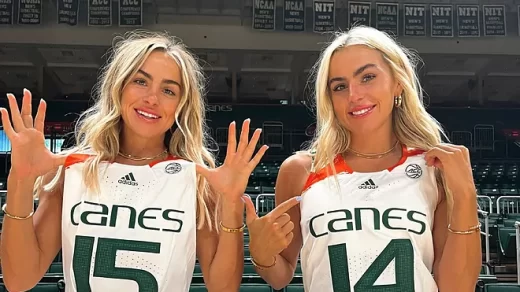Many Americans associate chaplains with Father Mulcahy, the Irish American priest who cared for Korean War soldiers in the classic TV show “M.A.S.H.”
The truth is far more complicated. Chaplains today are diverse in terms of gender, age, religious background, and sexual orientation. They help people from all walks of life, including those who have no affiliation. And their roles may grow in importance as more Americans abandon traditional religious congregations. Three out of every ten adults in the United States identify as atheists, agnostics, or “nothing in particular.”
I’ve spent the last 15 years interviewing, shadowing, and writing about chaplains, who are religious professionals who work outside of congregations in areas such as health care, the military, prisons, higher education, and other institutions.
“The Everyday Work of Chaplains” explains who they are, what they do, and how it relates to larger aspects of American religious life. In a recent survey conducted by colleagues and me at Brandeis University in collaboration with the polling firm Gallup, we discovered that one-quarter of people in the United States have been assisted, counseled, or visited by a chaplain at some point in their lives.
Chaplains have been present in the military in the United States since the Revolutionary War, initially all Christians. With the establishment of Jewish hospitals in the nineteenth century, Jewish leaders began to serve as chaplains. At the start of the Civil War in 1861, a rabbi named Arnold Fischel lobbied President Abraham Lincoln to allow Jewish chaplains to serve.
Since then, the number of non-Christian chaplains has grown. While rabbis visited Jewish inmates on a regular basis, it wasn’t until 1895 that the state of New York funded an official Jewish chaplain position in the state prisons.
In the 1920s, non-Christian chaplains began to appear on college and university campuses. Campus chaplains now come from a variety of religious and spiritual backgrounds, including humanists who see and emphasize the goodness in all people. They frequently make rapid connections with young people, one-third of whom are not religiously affiliated.
Chaplains are becoming more diverse in other ways as well. Little is known about chaplains of color, for example, but African American newspapers claim that the first Black chaplains served in the segregated military.



